© 2025 Galerie SIT DOWN – info@sitdown.fr – Tél : +33 (0)1 42 78 08 07 – 4, rue Sainte-Anastase – 75003 Paris – France – Ouverture du mercredi au samedi de 14h à 19h et sur rendez-vous.
NEWSLETTER
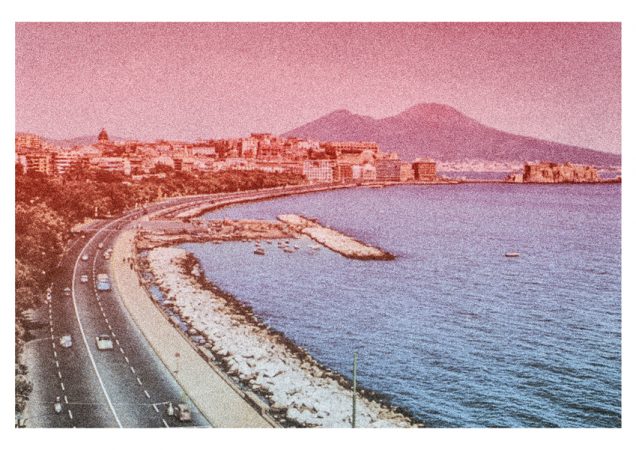
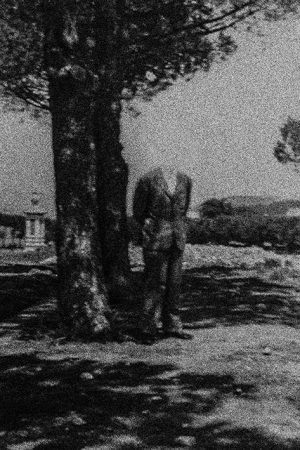
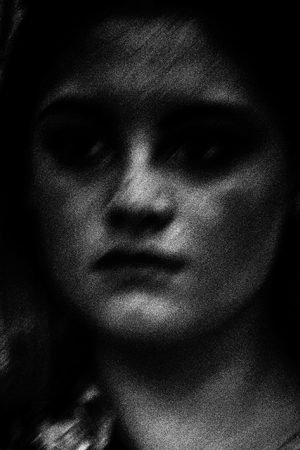
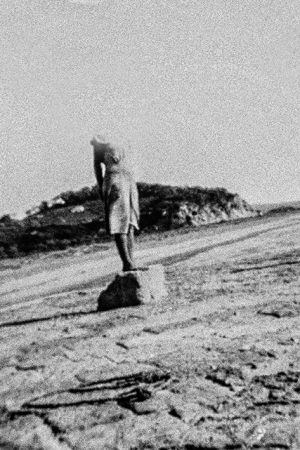
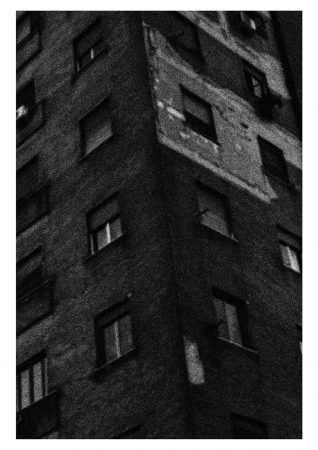
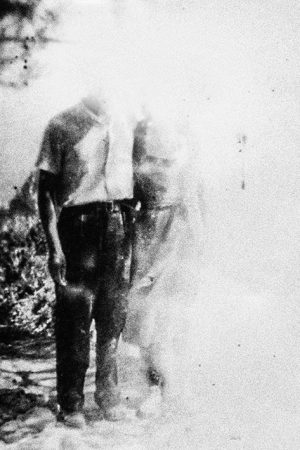
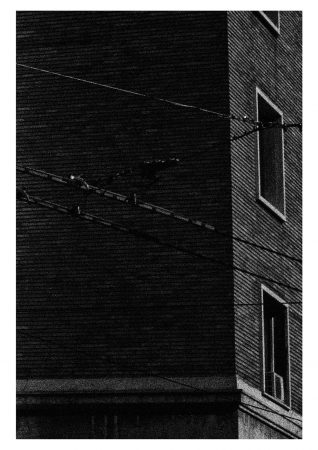
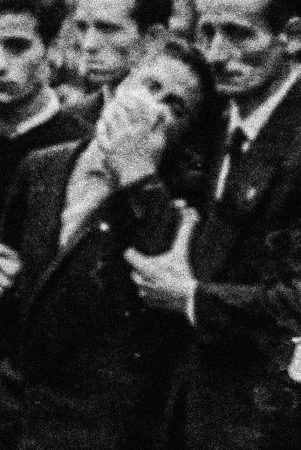
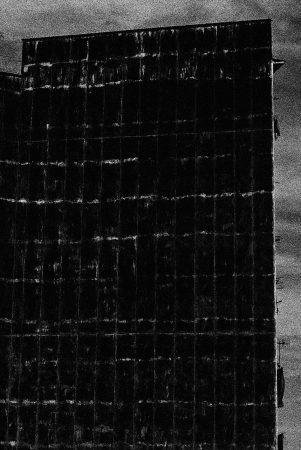
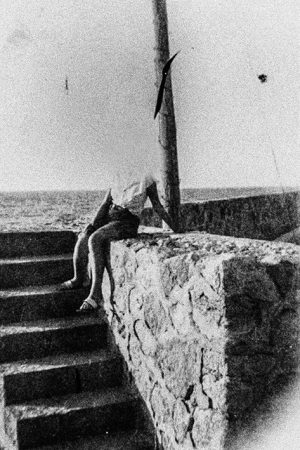
Ulrich Lebeuf is a French photographer, born in 1972. He is also the artistic director of the MAP Photography Festival in Toulouse and conducts workshops in France and abroad.
A member of agence MYOP since January 2007, his photographic work has been published in Le Monde, Libération, L’équipe, Géo, National Geographic. For over fifteen years, the photographs of Ulrich Lebeuf have been made in the theater of current affairs: places of conflict or power, places where history is decided and written. His approach is direct, documentary and frontal, with a detachment and richness of detail.
His work has been the subject of exhibitions and screenings, including “AZF” at the Art and Architecture Centre of Toulouse (2003), “Modern Violence” at the Terre d’images festival in Biarritz (2004), “Palestine” during the Festival du Scoop in Angers and “Keep the Distance” at Espace Lhomond in Paris (2005). Originator of the cultural project “Territoires de fiction”, his series “Ère de jeux” (The Playground) and “En attendant mon tour” (Waiting my turn) were presented at the opening of the Rencontres de la photographie in Arles (2006), the galerie du Château d’eau in Toulouse, the Maison Européenne de la Photographie and at la Villette in Paris (2007).
Today, while continuing his work for the press, he focuses more on his personal work, where research occupies an important role, and where he alternates photographic processes according to the subject matter: from color to black and white, through Polaroid, or processes close to painting.
In 2019, he presented his latest serie, KHAOS, during the Rencontres d’Arles and in a book, published by Editions de Juillet.
Photographic approach
In 1986, he discovers photography in a summer camp at the age of 14, a real discovery that will make him decide immediately to become a photographer. Very quickly he acquired his first film camera Olympus OM10 and began his first images in the street thanks to a book discovered in his grandfather’s attic entitled “Images à la Sauvettes”. He will discover much later the importance of this work of Henri Cartier-Bresson in the history of photography.
His first step was to live from photography, curious and attracted by people, he decided to turn to the reportage. From that moment on, he never stopped experimenting with images using different photographic techniques. He has always been alternating between commissions for the press, which allow him to nourish an initial reflection, and personal work, which fills an intellectual void by going from black and white to color, from film to digital, from Polaroid to medium format. His photographic process is always set up by defining the tool most adapted to his purpose.
His photographic approach has always been oriented towards intimacy, initially in terms of emotional feelings, and nowadays in accepting to talk about himself.
© 2025 Galerie SIT DOWN – info@sitdown.fr – Tél : +33 (0)1 42 78 08 07 – 4, rue Sainte-Anastase – 75003 Paris – France – Ouverture du mercredi au samedi de 14h à 19h et sur rendez-vous.